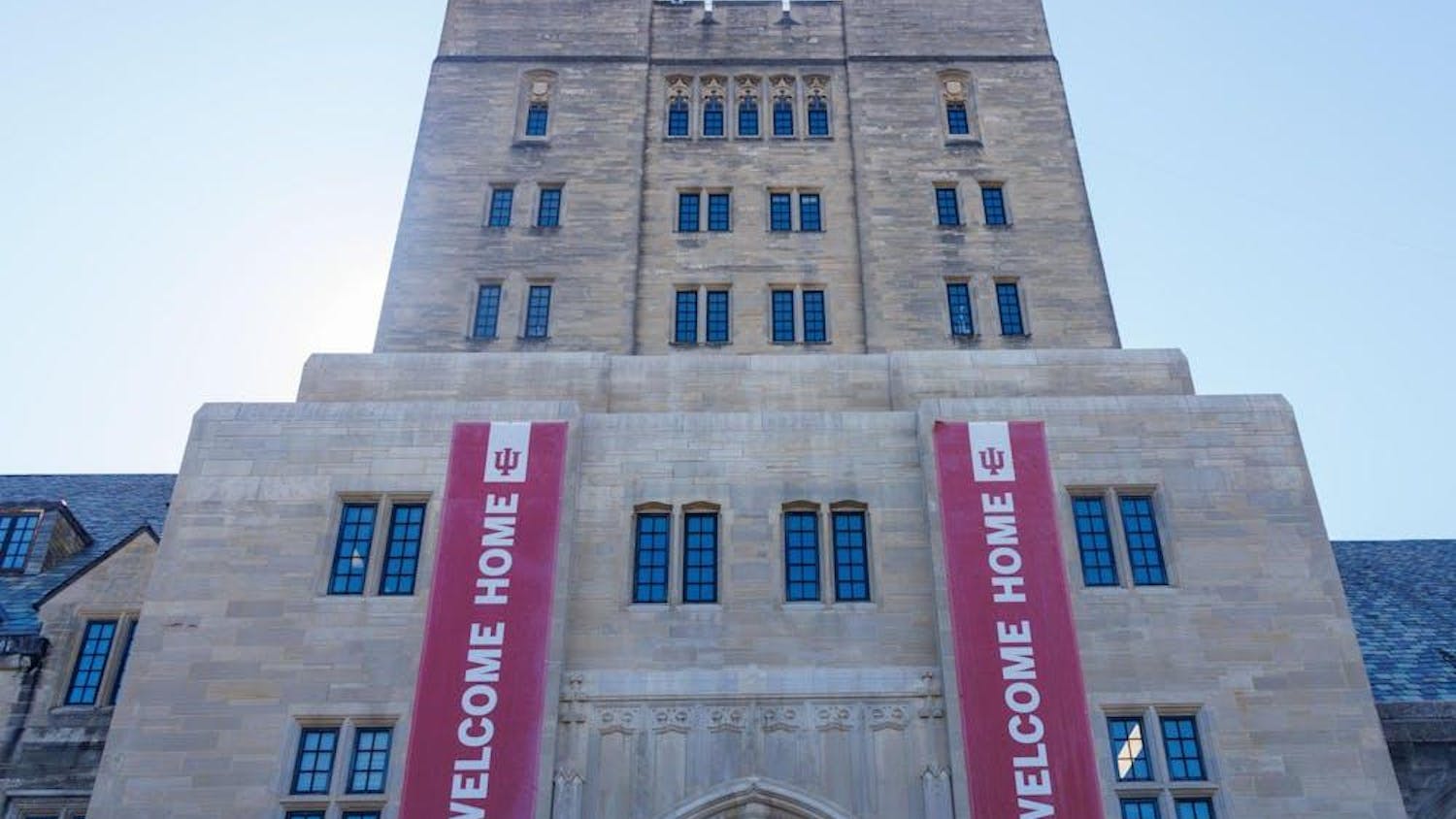A new trend is popping up in Georgia.
Low-income children struggling in elementary school?
Give them drugs.
Michael Anderson, whose medical practice mostly consists of low-income families in a county just north of Atlanta, highly advocates giving out Adderall just like Halloween candy.
His main rationale in doing so is this: “We’ve decided as a society that it’s too expensive to modify the kid’s environment. So we have to modify the kid.”
This might be shocking, but I’m actually not as against this as most rational people are.
Don’t get me wrong. This is bad form and is dangerous for the children. I’m at least rational enough to recognize the syntax of “modify the kid” as horrifying and far too reminiscent of Asimov-like dystopian literature.
I’m also rational enough to realize that when Quintin, an 11-year-old on Adderall, Risperdal and Clonidine, began having fights with other kids because his medications were making him hallucinate that his peers were making fun of his mother, he should have been taken off the medications.
But in a sense, I think it’s heartbreaking and, in a sick sense, commendable that the parents in these situations must resort to their last option.
The children’s schools aren’t getting any better. Nothing is swooping in to save these children. So, the residents of Cherokee County turned to their best possible solution.
I’m not necessarily against the decision to turn to medicine for a new sense of hope and a truly beneficial anecdote for the children.
But that’s where the issue lies. Will there ever be a drug that will be truly beneficial for children, a drug that will not irreparably damage the brain when given to children at a young age?
Certainly not at this time.
We shouldn’t give the children half-studied medications that result in Quintn beating up his friends because of his Jimi Hendrix-like hallucinations.
William Graf, a pediatrician and child neurologist who also works with and studies lower-income families, told The New York Times that “these children are still in the developmental phase, and we still don’t know how these drugs biologically affect the developing brain.”
If, at any time, researchers thought that this might not be beneficial for development, and clearly there was a lot of doubt, then the drugs never should have been administered.
I say medication seems to have the potential to help in the future. But that future is a long ways away and should never have been brought to Cherokee County.
— sjostrow@indiana.edu
A is for Adderall
Get stories like this in your inbox
Subscribe



